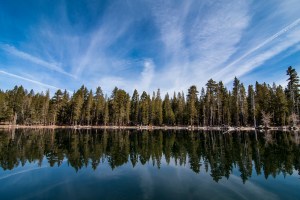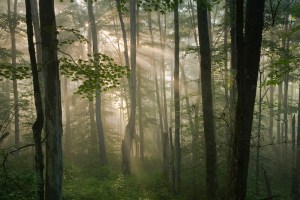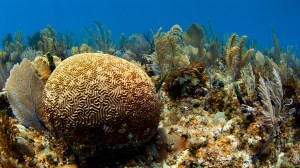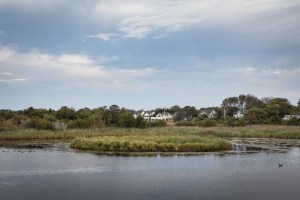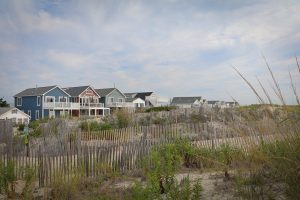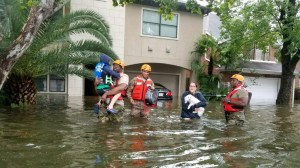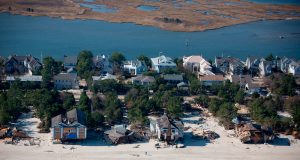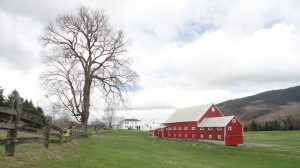Discover stories in Climate Change
A (Happy) Climate Change Science Surprise
Conservancy scientists were not surprised that changes in the way California manages its natural and agricultural lands could contribute to meeting the state’s climate change goals. What did surprise them was just how substantial that contribution could be.
New Science Shows Nature’s Potential to Fight Climate Change
New research shows that we have vastly underestimated the potential for nature to fight climate change. Nature isn’t the victim, it’s the solution.
Reefs Like Zombies?
Coral reefs, parrotfish, climate change, Michigan tourists, and, well, zombies.
Hurricane Sandy and the Flooding That Wasn’t
Most visitors come her for the warblers, but some come for the weirs.
Saved by Sand Dunes
On the five year anniversary of Hurricane Sandy, a return to the Jersey Shore towns saved by sand dunes.
A Tale of Climate Change and Two Cities
While it is almost impossible to attribute an individual event to climate change, the reality is that we live in a climate altered world.
Coastal Wetlands Prevented $625M in Property Damage During Hurricane Sandy
Put a dollar value on it: engineers, ecologists and risk modelers team up to measure the value of coastal wetlands for reducing hurricane risk.
Climate Change is Already Heating Up the World’s Cities
While it is hard to attribute any single event like the "Lucifer" heat wave to climate change, new science makes it abundantly clear that climate change has already made our summers hotter and riskier.
The Quest to Restore American Elms: Nearing the Finish Line
The quest to restore the American elm has been underway for more than 50 years. Now success is closer than ever.
Kids, Drones & Science at the Water’s Edge in Grenada
The future of Grenada is in good hands because kids like this — who can plant mangroves and test water quality without even wrinkling their clothes — kids like this can probably do just about anything.
Adventures in Self-Experimentation: Matrix Pills & Plowing Tropical Fields
Scientists Nick Wolff and Yuta Masuda recount their experiences testing new technology first-hand in the fields of Indonesia.
Can India’s Farmers Deliver Clean Air Along with Good Food?
Delhi’s residents live with air pollution and smog every day. Could changing farming practices help change this reality?
